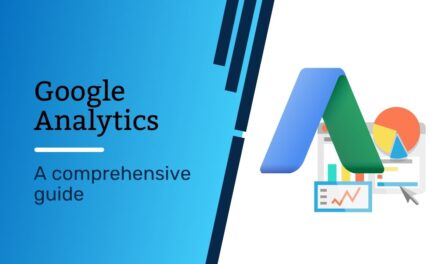In the rapidly evolving digital landscape, the significance of website speed performance cannot be overstated. It has emerged as a pivotal factor influencing not only user experience but also search engine rankings and, consequently, the overall success of businesses. The ability of a website to load quickly and efficiently has the power to captivate visitors, encourage active engagement, and cultivate a positive brand perception. Conversely, a slow-loading website can lead to frustration, user abandonment, and a consequential tarnishing of the brand’s reputation.
Understanding the Impact of Website Speed
Website speed performance, at its core, pertains to the time required for a web page to fully load and display its content to a user’s browser. This metric is a culmination of various factors, encompassing server response time, image optimization, and the structural efficiency of the underlying code.
The impact of website speed on user experience is unequivocal. Research has demonstrated that even a mere one-second delay in page load time can precipitate a 7% reduction in conversions, an 11% decrease in page views, and a noteworthy 16% drop in customer satisfaction.
Key Benefits of Enhanced Website Speed Performance
The advantages derived from optimizing website speed performance extend far beyond the realm of user satisfaction:
- Improved User Experience: A fast-loading website not only facilitates quick access to information but also ensures a seamless browsing experience. This, in turn, leads to heightened engagement, prolonged dwell times, and an increased likelihood of visitors returning to the site.
- Enhanced Search Engine Rankings: Major search engines, such as Google, accord considerable importance to website speed as a ranking factor. A website that loads swiftly is more likely to secure higher positions in Search Engine Results Pages (SERPs), consequently amplifying visibility and organic traffic.
- Boosted Conversion Rates: The impact of a fast-loading website on conversion rates is substantial. Visitors encountering minimal frustration due to swift loading times are more inclined to complete desired actions, be it making purchases or filling out forms.
- Reduced Bounce Rates: Slow loading times adversely affect bounce rates, measuring the percentage of visitors who exit a website after viewing only one page. Optimizing website speed can effectively lower bounce rates, indicative of a more engaged audience.
- Enhanced Brand Perception: A website that loads quickly communicates professionalism and reliability to visitors. This fosters a positive brand perception and nurtures customer loyalty over time.
- Reduced Costs: Slow-loading websites can be resource-intensive, consuming more bandwidth and server resources, leading to increased operational costs. Optimizing website speed not only improves efficiency but also mitigates these expenses.
Strategies for Enhancing Website Speed Performance
A multitude of strategies can be implemented to enhance website speed performance:
- Optimize Images: By compressing images without compromising quality, their file sizes can be reduced, consequently improving loading times.
- Minify Code: Eliminating unnecessary whitespace, comments, and redundant code reduces the overall size of code files, contributing to faster loading times.
- Utilize Content Delivery Networks (CDNs): CDNs distribute website content across multiple servers globally, minimizing latency and enhancing page load times for visitors from different geographical locations.
- Leverage Browser Caching: Enabling browser caching allows frequently accessed website elements to be stored locally on the user’s device, reducing the need to reload the same content on subsequent visits.
- Choose a Reliable Hosting Provider: Opting for a hosting provider with a strong reputation for performance and reliability is crucial to ensure that the website’s infrastructure can effectively handle varying levels of traffic.
- Regularly Monitor and Test: Continuous monitoring of website speed performance using tools like Google PageSpeed Insights and conducting regular tests are essential to identify areas for improvement and maintain optimal performance.
Conclusion
In the dynamic and competitive digital landscape, website speed performance stands out as a critical factor that significantly influences user experience, search engine rankings, and the overall success of a business. Prioritizing website speed optimization and implementing effective strategies are not just prudent; they are imperative for achieving sustainable growth and success. The benefits associated with a fast-loading website, including increased engagement, improved conversion rates, and enhanced brand perception, underscore the indispensability of website speed in the contemporary digital realm.





